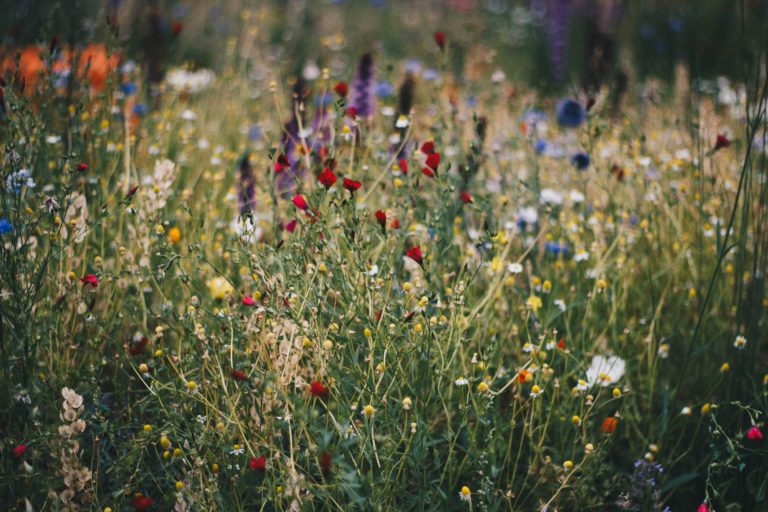In a time where the recognition of declining biodiversity as a significant threat to humanity is considered so important, it is crucial to address the decline of biodiversity for the sake of humanity and also due to the moral imperative of preserving biodiversity itself. However, despite the human-centric interests at stake, the task of halting and reversing the decline of biodiversity is far from simple, especially when considering local and global scales. In her talk, Virginia Thomas, a research fellow with the Centre for Rural Policy research at Exeter University, discussed how rewilding, reintroductions and restoration are the three main factors of conservation. Virginia’s work focuses on Britain where a considerable portion of the country’s biodiversity has been lost, primarily due to agricultural practices.
Virginia began her talk by explaining her research and how she looked at the different approaches and processes of rewilding in England. Virginia looked at factors such as increasing biodiversity, ecological functioning, human intervention and human agency. She then saw that rewilding in England was being adapted alongside people and other uses of land, as well as happening at a smaller scale as opposed to other countries. Agricultural rewilding is considered to be environmentally sustainable, ethically sustainable and beneficial for England since we can still have food production but also the ecological gains of rewilding. So, agriculture can continue (supporting livelihoods and communities) and we don’t get some of the more negative side effects of rewilding such as outsourcing food production, reduction in food self-sufficiency.
Her current research looks at the reintroduction of the Red Kite and the European wildcat. Red Kites used to be valued in mediaeval Britain, then becoming classified as vermin and hunted. After a while, they then became valued again because they had become a rare breed. However, they were no better off, and were valued by egg collectors and taxidermists so they were hunted down again. In terms of numbers, there has been a successful reintroduction. It may be thought that since there are so many kites again, we might consider them a pest again. Like the Red Kite, this wildcat is native to Great Britain and, over time, has been greatly reduced in number. Because there are so few, in the past these wildcats have often mated with domestic cats. Even though they are a different species, they are interfertile, and the result is a hybrid wild/ domestic cat. Now, wildcats are highly valued due to their small numbers. Virginia noted that it is thought by some that there are no actual pure European wildcats left today. Virginia explained how there are various processes in England and Scotland to reintroduce these wildcats, and excitingly that there are wildcats being bred right now in Devon! These wildcats are fed in specific ways to teach them how to hunt. In Scotland, the scientists have decided to allow the cats to be left to their natural instinct so as not to interfere with their behaviour and corrupt their natural agency. In Wales however, the scientists are massively supplementing feeding in order to help the cats to survive when they are reintroduced into the wild. This difference in breeding of the wildcats raises the interesting question of how much we should want to intervene in a reintroduction process.
Virginia also explained how the idea of conservation is mostly competing with food production in terms of land area. The dominant use of land in Britain is food production: every year, over 10 million acres of forest are lost to deforestation, with 90% of this being due to agriculture. Therefore, the processes of conservation, rewilding and increasing biodiversity are all trying to balance the trade off between food production and conservation of biodiversity. Agricultural rewilding is a pragmatic response as we are land limited in Britain and so have to share land between food production and conservation, rather than have the luxury of using spare land.
Virginia concluded her talk by stating that it is not enough just to bring species back, we also have to learn and understand how to coexist with them. Using the words of Roger Auster from his work on beaver reintroductions, Virginia explained how the idea of ‘renewed coexistence’ is the next step to take. We have to see reintroduced species as part of our landscape again.

